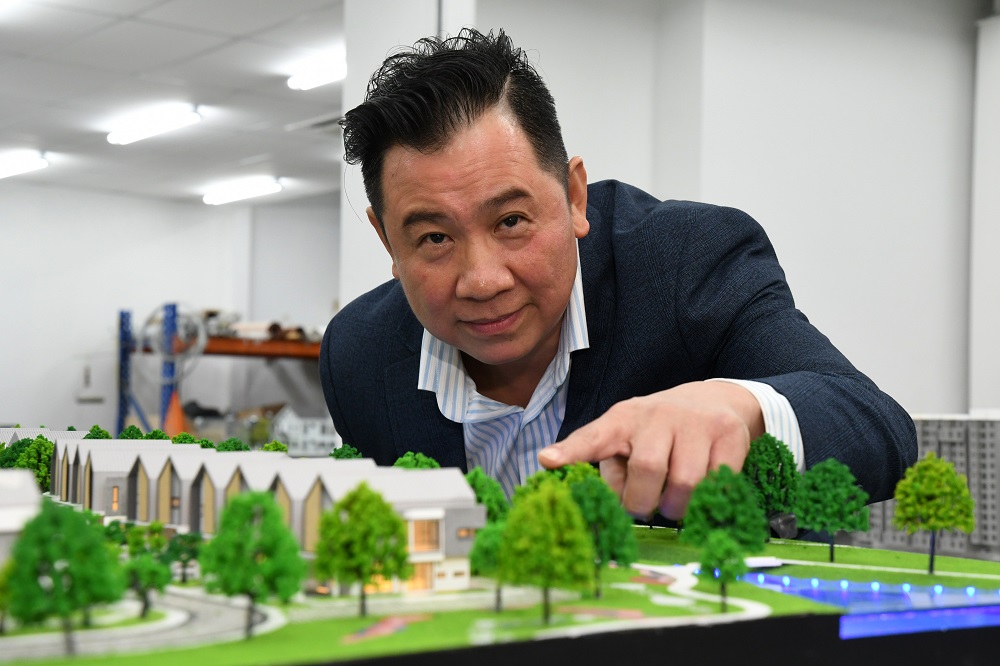Creating a compelling architectural model is more than a design requirement—it’s a vital communication tool. Whether you’re an architecture student, a design professional, or a model-making enthusiast, scaled representations provide a tangible way to convey spatial relationships, materials, and aesthetics. At Architektur Modellbau, we understand the importance of impressing stakeholders with accurate and visually stunning models.
In this guide, we’ll walk you through the best practices, material choices, scaling tips, and presentation methods that will elevate your architectural model from ordinary to extraordinary.
Why Architectural Models Matter in Modern Design
Architectural models are physical representations of buildings or spaces, often built to scale. Despite the rise of digital rendering and VR, physical models remain crucial due to their tactile nature and immediate visual impact. Here’s why:
- Client Communication: 3D models help clients understand space and form intuitively.
- Design Validation: Spot potential design flaws before construction begins.
- Presentation Enhancement: Models strengthen proposals in competitions and investor meetings.
- Permitting and Regulation: Municipalities often require models for zoning or construction approvals.
Choosing the Right Scale for Your Architectural Model
Understanding Common Architectural Scales
The scale of your architectural model is foundational. Popular model scales include:
- 1:100 – Ideal for entire buildings with surroundings.
- 1:50 – Offers detailed insight into floor plans and room layouts.
- 1:20 – Perfect for interior-focused models or furniture.
- 1:500 – Best for urban planning and landscape modeling.
Choosing the right scale depends on your goal: presentation, planning, or structural understanding.
Tips for Scaling Accuracy
- Use digital tools like AutoCAD or SketchUp for precise measurements.
- Always double-check proportions before cutting materials.
- When in doubt, build a test section at the chosen scale before committing to the full model.
Selecting the Right Materials for Your Model
Different stages of a project and types of models require different materials. Here are the most commonly used options:
| Material | Best For | Pros | Cons |
|---|---|---|---|
| Foam Board | Concept models, topography | Lightweight, easy to cut | Fragile, not ideal for fine detail |
| Cardboard | Volume studies, basic structures | Inexpensive, accessible | Lacks precision |
| Basswood/Balsa | Final presentation models | High-detail, premium finish | Requires skill and time |
| Acrylic/Plexiglass | Transparent elements, modern designs | Professional appearance | Difficult to glue, expensive |
| 3D Printing | Prototyping, complex geometries | High precision | Cost and machine access |
Material Selection Tips
- Combine materials to add texture and contrast.
- Use recyclable and sustainable options for eco-friendly modeling.
- Match material color and finish with your architectural concept.
Techniques for Crafting an Impressive Architectural Model
Precision Cutting and Assembly
Use laser cutters or CNC machines for complex parts. For manual work:
- Invest in sharp blades and metal rulers.
- Apply adhesives with syringes for fine control.
- Dry-fit pieces before final assembly.
Detailing and Texturing
Small details like railings, trees, or furniture significantly enhance realism. Add textures by:
- Using sandpaper for pavement.
- Printing textures (like brick or grass) on high-quality paper.
- Adding figures for scale context.
Lighting and Shadows
For high-end presentation models, integrated LED lighting can highlight interiors and architectural intent. Test natural light effects by placing the model under different lighting conditions.
Presenting Your Architectural Model Professionally
Base and Contextual Elements
Always place your model on a clean, durable base—typically MDF or foamcore. Include surrounding urban or landscape context for clarity.
Labeling and Annotations
Clear labels improve comprehension. Include:
- Model scale
- Project name and location
- Orientation (North arrow)
Use minimal and consistent typography for a professional look.
Transport and Display
Store your model in a custom box or case to avoid damage. For exhibitions, add clear acrylic covers and lighting to protect and enhance the display.
Digital Tools to Support Physical Models
While architectural models are physical, they benefit from digital planning:
- Rhino + Grasshopper: Excellent for parametric modeling.
- SketchUp: Easy to convert into laser cutter-ready plans.
- Revit: Helpful for BIM integration and documentation.
Many architecture firms use a hybrid approach, combining physical and digital workflows for maximum efficiency.
Sustainable Practices in Model Making
As awareness of environmental impact grows, consider green alternatives:
- Reuse materials from older models.
- Opt for biodegradable or recyclable boards.
- Choose non-toxic adhesives and paints.
- Keep off-cuts for future detailing work.
At Architektur Modellbau, we encourage responsible model-making practices that align with sustainable architectural thinking.
Examples of Effective Architectural Models
- Zaha Hadid Architects frequently use fluid white models that emphasize organic forms.
- OMA (Office for Metropolitan Architecture) utilizes blocky, raw-material models to express volumetric studies.
- BIG (Bjarke Ingels Group) mixes cardboard and 3D prints for their conceptual presentations.
Each firm tailors its architectural model to the story it aims to tell—a lesson all designers should learn from.
FAQs – People Also Ask
What is the purpose of an architectural model?
An architectural model visually communicates a design idea. It helps stakeholders understand spatial relationships, scale, and aesthetics more effectively than 2D drawings or digital renders alone.
What materials are best for architectural models?
Common materials include foam board for concept models, basswood for detailed builds, and 3D-printed parts for complex geometries. Your choice depends on your model’s purpose and budget.
How long does it take to build an architectural model?
Depending on complexity and scale, a model can take anywhere from a few hours to several weeks. Time increases with detail, material type, and precision level.
How can I make my model more realistic?
Use detailing techniques like texture printing, add scale figures or vehicles, integrate lighting, and ensure precise assembly to improve realism.
Are architectural models still relevant in the digital age?
Yes! Physical models offer tactile interaction and a clearer spatial understanding, often creating a more emotional connection than digital models.
Conclusion: Bring Your Designs to Life with Architektur Modellbau
Creating an architectural model that captivates is both a science and an art. With the right scale, materials, and craftsmanship, your model can be the most powerful storytelling tool in your architectural arsenal.
At Architektur Modellbau, we support architects, students, and firms in producing models that not only impress but also communicate ideas with clarity and impact. Whether you’re working on a competition, client presentation, or academic project, our tips are designed to help you succeed.
Ready to elevate your architectural models?
Explore professional supplies and expert guidance at Architektur Modellbau today. Let your next model be the one that makes a lasting impression.









Leave a Reply